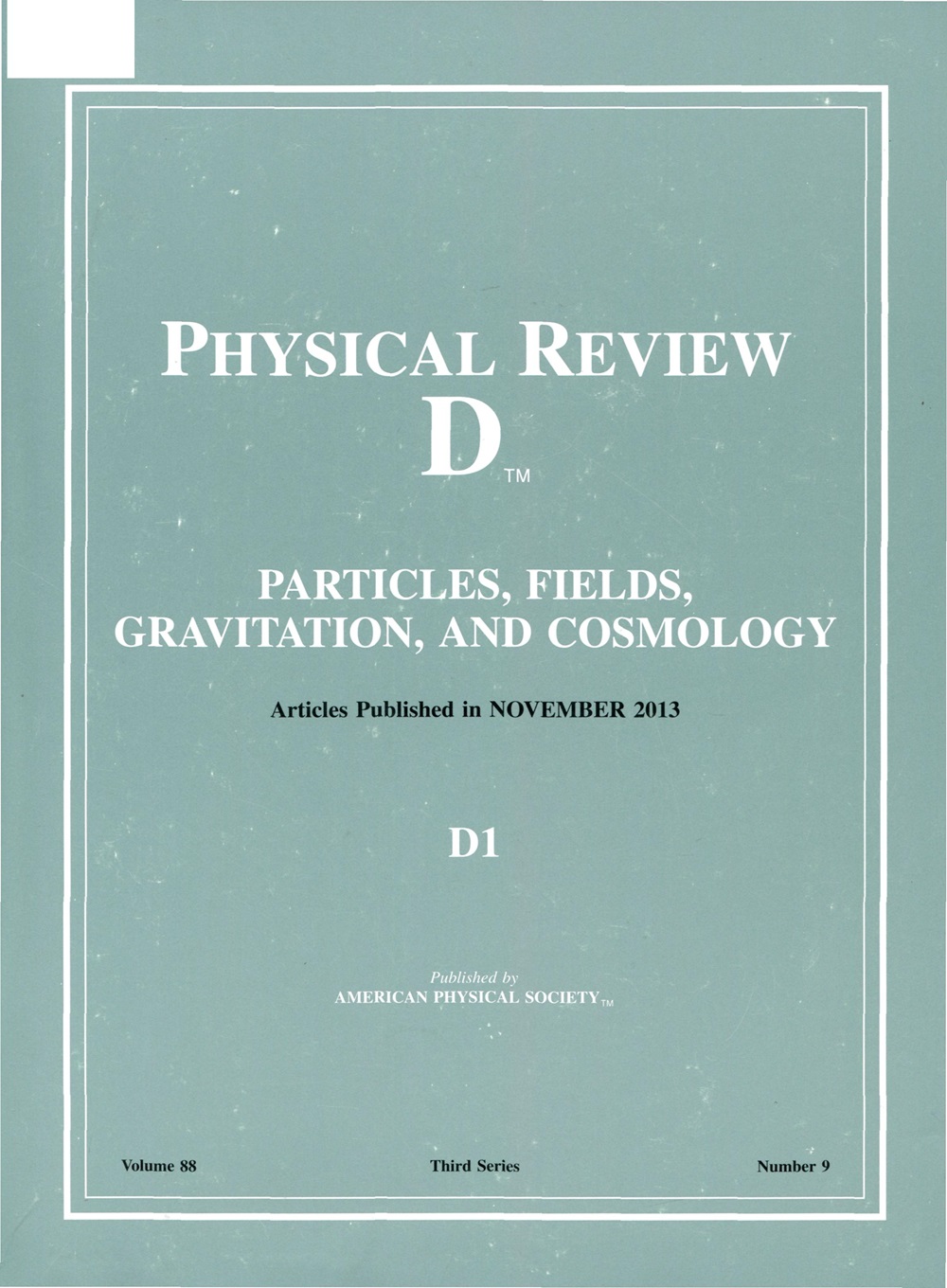Ultraheavy multiscattering dark matter: DUNE, CYGNUS, other kilotonne detectors, and tidal streams
IF 5
2区 物理与天体物理
Q1 Physics and Astronomy
引用次数: 0
Abstract
In direct searches of dark matter, multiscatter signatures are now being sought to probe scattering cross sections that are large enough to make the detector optically thick to incident particles. We provide some significant updates to the multiscatter program. Using considerations of energy deposition, we derive the reaches in cross section and mass of various proposed large-volume detectors: a kilotonne fiducial mass “module of opportunity” at DUNE, a kilotonne xenon detector suggested for neutrinoless double beta decay, the gaseous detector CYGNUS, and the dark matter detectors XLZD and Argo. Where the velocity vector can be reconstructed event-by-event, the Galactic dark matter velocity distribution may be inferred. We exploit this to show that halo substructure such as tidal streams can be picked up if they make up about 10% of the local dark matter density.求助全文
约1分钟内获得全文
求助全文
来源期刊

Physical Review D
物理-天文与天体物理
CiteScore
9.20
自引率
36.00%
发文量
0
审稿时长
2 months
期刊介绍:
Physical Review D (PRD) is a leading journal in elementary particle physics, field theory, gravitation, and cosmology and is one of the top-cited journals in high-energy physics.
PRD covers experimental and theoretical results in all aspects of particle physics, field theory, gravitation and cosmology, including:
Particle physics experiments,
Electroweak interactions,
Strong interactions,
Lattice field theories, lattice QCD,
Beyond the standard model physics,
Phenomenological aspects of field theory, general methods,
Gravity, cosmology, cosmic rays,
Astrophysics and astroparticle physics,
General relativity,
Formal aspects of field theory, field theory in curved space,
String theory, quantum gravity, gauge/gravity duality.
 求助内容:
求助内容: 应助结果提醒方式:
应助结果提醒方式:


